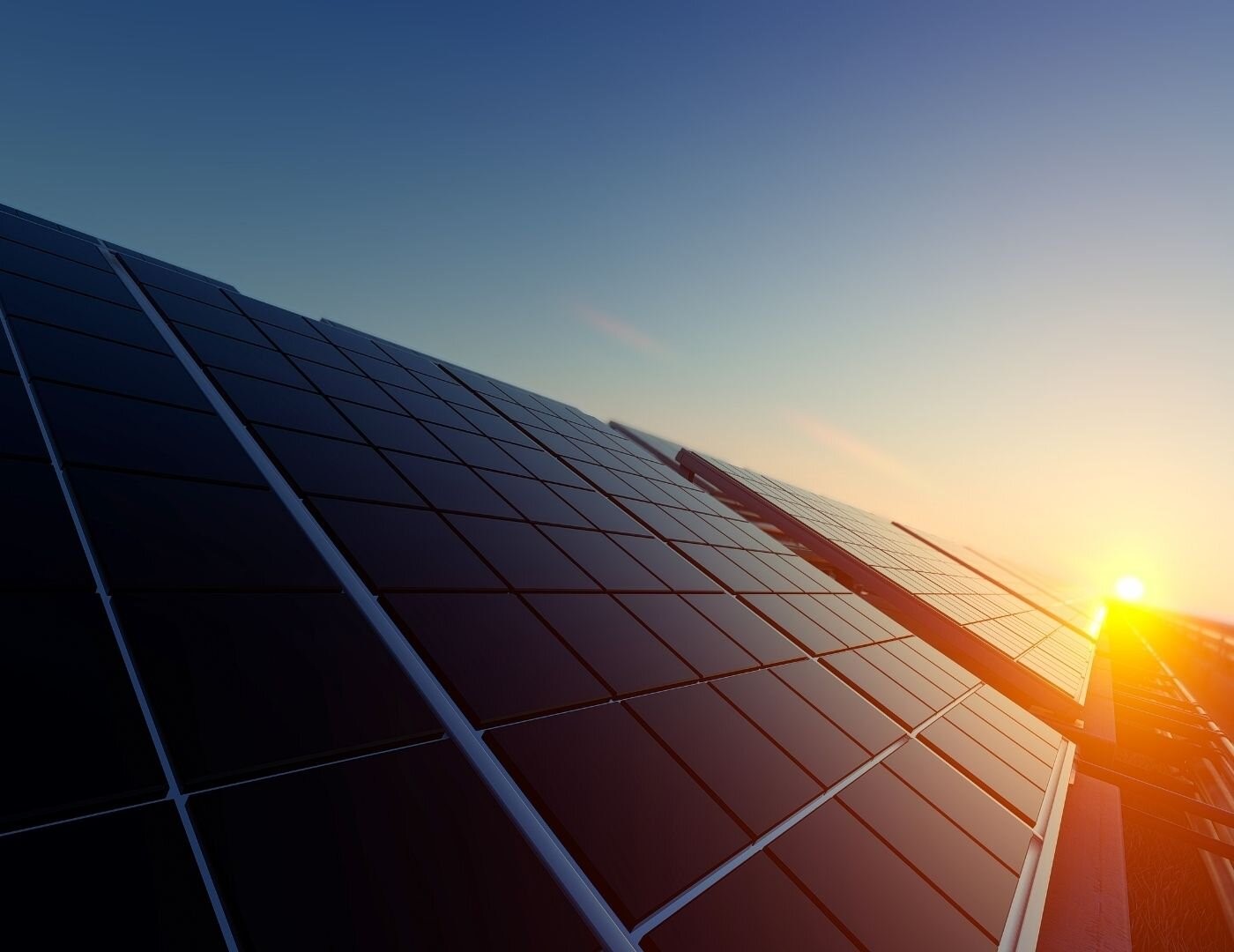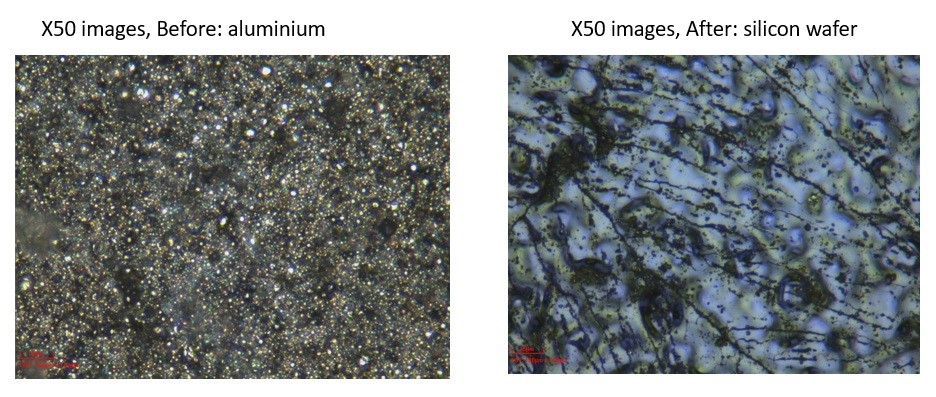

By dissolving iron chloride and aluminium chloride in brines, researchers at the University of Leicester have created a brand-new technique for recovering aluminium and silver from discarded photovoltaic cells (PV cells) nearing the end of their useful lives. They claim that the inexpensive solvents may recover up to 95 per cent of the metals in just 10 minutes, producing silver chloride that is 98 per cent pure.

The scientists tested the technology on crystalline solar cells that measured 12 x 15 cm, weighed 2 g, and were made of a 100 m thick silicon wafer that was coated with a 100 nm thick silicon nitride anti-reflective layer on the front side and a 20 m thick aluminium layer on the back side, both of which were stripped with silver electrodes that were about 30 m high. According to scientists, although extracting aluminium may not be economically advantageous given its cheap cost, the aluminium salt solution may help treat wastewater.
“First, we place the solar cell in an aluminum chloride solution. The aluminum electrode is removed from the silicon wafer. We use ultrasound to promote the dissolution of the aluminum, which takes place within a few minutes,” said researcher Guillaume Zante.

“In the second step, the silver is dissolved from the solar cell using iron chloride, an oxidizing agent, in a choline chloride or calcium chloride brine, which takes around 10 minutes,” noted Zante. The elements of these two brines, or salt water, are widely accessible, inexpensive, and low in toxicity. They may be found in chicken feed and grit used to prevent ice on roadways.
The researchers claim that this procedure effectively recovers silver chloride with a purity of 98 per cent, which might then, in a subsequent phase, be transformed into metallic silver to further improve purity. The silicon wafer and nitride anti-reflective coating are unaffected by the procedure, leaving open the potential of treating the silicon for other purposes or reusing it in PV panels.
The results could be different on an industrial scale because they were acquired in a lab environment with a small number of solar cells. However, the authors' use of inexpensive, low-toxic, and easily accessible chemicals has led them to believe that industrialisation is possible.
“Since we are using cheap chemicals, the price could be as low as the processing costs with mineral acids and in some cases cheaper, around $0.4 lower per kilogram of a solar cell as compared to mineral acids,” added Zante.
The scientists are presently working on a plan to scale up the method and extract additional metals from waste sources, such as bismuth, tellurium, and copper, from thermoelectric materials, which are utilised in solar cells for perovskite, thin films, wire, and cabling, respectively. Additionally, they seek to recover neodymium and dysprosium from used magnets, gold, nickel, and copper from printed circuit boards. As part of the Met4Tech initiative, which promotes the development of a circular economy for technological metals, academics are involved.
Responses








